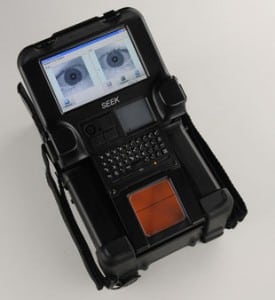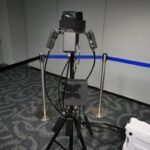
The Department of Homeland Security (DHS) Science and Technology (S&T) branch is kicking off a program aimed at developing a tablet sized biometric device that can be used by Border Patrol in the field so that agents can have greater awareness of the individuals they apprehend, including high-tier persons of interest, in near-real time. Under the Tactical Awareness and Biometrics Build (TABB) program, S&T plans to develop and deliver prototype mobile systems based on existing technology for laboratory and field…

 By
By 









